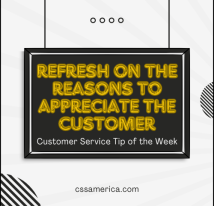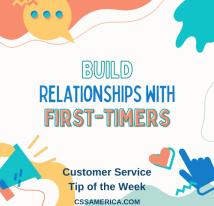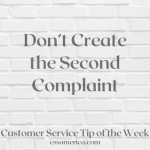
I had the opportunity to conduct employee focus groups and facilitate staff conversations for two different clients recently, and there was a common theme among all the groups. It’s intuitive, it’s understandable, but I was still surprised to hear the sentiment.
Employees consistently said they wanted to work in a more positive environment. Most of us would think that it’s intuitive that that’s what employees desire. Most would think it’s understandable that staff would share those perspectives. But I was somewhat surprised to hear it. Why?
Because, I sometimes have trouble understanding why people or organizations would consistently be negative, or why they would avoid sharing positives, or why their only form of motivation was criticism.
When people work 40 hours, 60+ hours a week, would they prefer to spend those 8/10/12 hours a day around others who are positive or negative? Would they prefer to be in an environment where they are appreciated? Would they prefer to have a reward for a great job or only punishment for a bad job?
I know that many are motivated to avoid the negative, or to avoid punishment, or not to get marked down or written up. But when you think of a healthy work environment, one where people’s values align to those of the organization, one where people WANT to go above and beyond – you are envisioning more positive organizations.
This is not a Tip just for managers; this is a Tip for you and me – everybody. People want positive reinforcement more than negative. They want optimism more than pessimism. They want “Let’s hope it works” rather than “I doubt it will.”
I’m not saying that we ignore the bad or should all be Pollyannas. What I am saying is that we have a choice in how we respond. We have a choice on what outlook we’ll take about a situation. We have a choice about how we engage others. We have a choice about whether we convey appreciation or just think it. And we have a choice about whether we look for ways to build up a co-worker or team, or we only look for ways to criticize.
When you make a choice, choose positivity.
Signup for FREE Tips! Contact Us More Resources for You Visit Our Home Page























